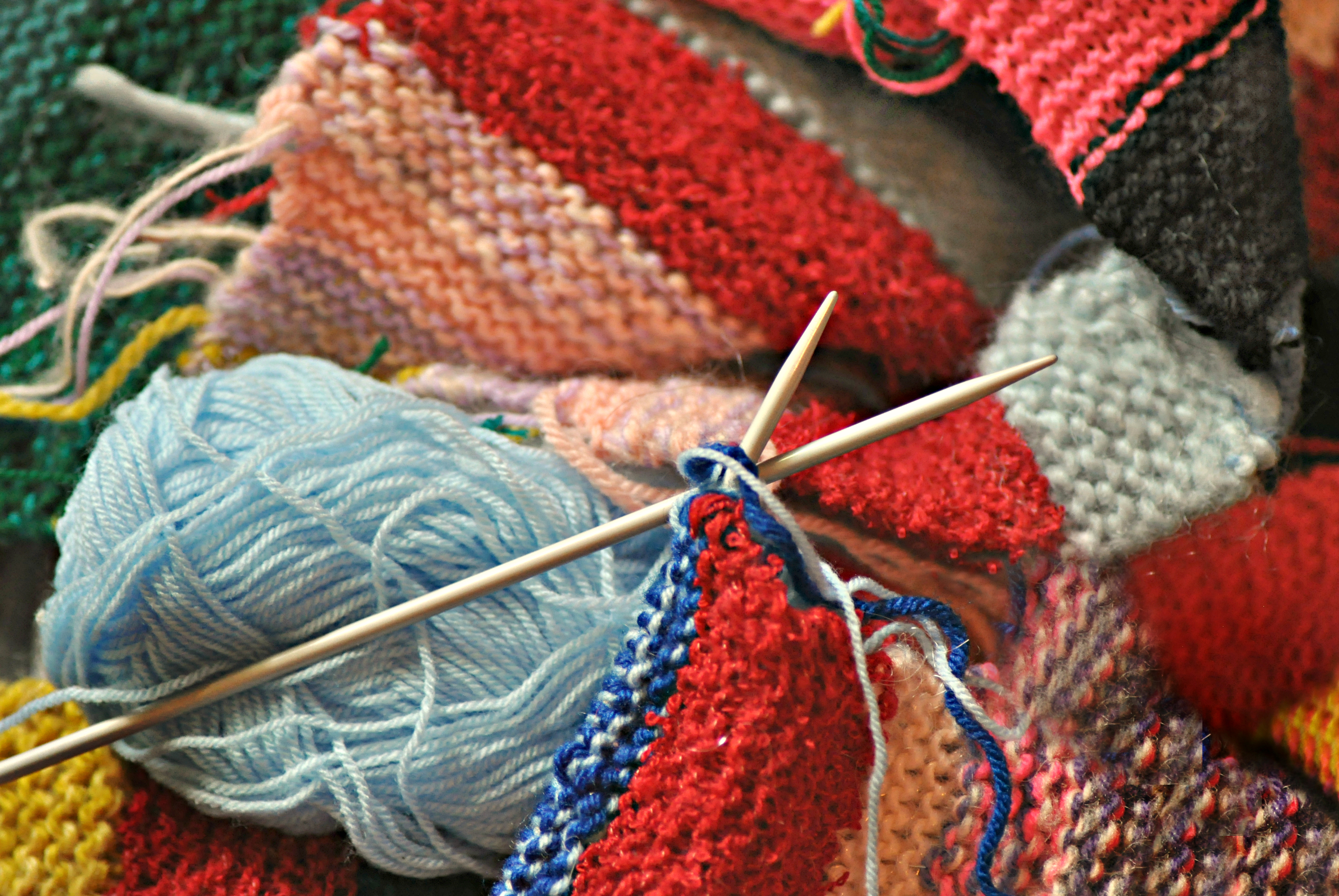The Technology Wave and the Solo Practitioner
Friday’s meeting introduced us to the brave new world of technology changing law firms as we know them. It was both fascinating and a little fear inducing. There certainly seems to be a wave of technological advances pushing out the “old law”. Corporate law is changing. Big law is changing. While it was interesting, the focus on corporate law left me wondering about solo practitioners and small law firms. Much of the software discussed at the meeting was not affordable nor tailored towards solo practitioners. How is technology affecting them? What technology is available to help to them?
I decided to do make a list of a few different programs available out there that might help solo practitioners or smaller firms. They are not all legal based, but then running a law firm is a business as much as it is a law practice.
- Accounting software
It’s important to stay on top of your accounting as a small business. You don’t want to be that person making a frantic run to your accountant with a shoe box full of receipts at the year end. Using Cloud-based software such as Toronto’s Wave, or Mint (now owned by intuit), it’s easy to update your records from your laptop, tablet or even your phone when you have some free time. Wave is geared towards companies with 9 or less employees, and it’s free to use. Mint supports all Canadian banks and is user-friendly.
- SEO (search engine optimization) software
You’ve made a sleek, modern, professional website for your firm! It cost a pretty penny (okay, a few hundred thousand now obsolete pennies) but it was worth it. Proudly you type your company name into Google. Nothing. You search frantically, page after page, but nope, Google doesn’t seem to know your beautiful website exists. That’s where SEO software comes in.
SEO is a massive industry. So don’t be afraid to hire someone to do this for you (which will also cost many obsolete pennies). However, if you are feeling brave (or cheap), here are some Cloud-based SEO products that may help: Moz.com can give you a simple action plan with steps to help you rank, position, and building your search rating on Google. SEMRush takes a different approach. They let you see what your competitors are spending adwords to help you stay in the top advertising spots.
- Clio
Yes, Clio has its own category. This product isn’t just for larger firms. They have packages as cheap as $39/month. Time tracking, billing, and lots of other goodies make Clio a useful product for almost any firm.
- Other niche software
There are lots of programs out there for specific legal areas. DivorceMate is a software product aimed at family law. It streamlines child support guidelines and spousal support guidelines, among other things. They have a Cloud-based version as well as a desktop version. You can choose to pay for a $500/subscription or $55 per file option. Do Process Software has several different specialized software for real estate, wills, estates, and others. The costs vary on the product you choose.
Hopefully this list helps you think of the different ways technology can help solo practitioners and small firms. The technology wave is coming for everyone, not just big law. We should all learn to ride and embrace the wave.





